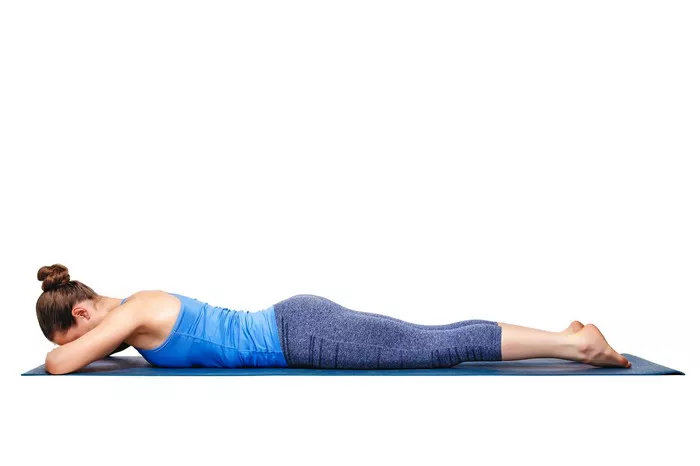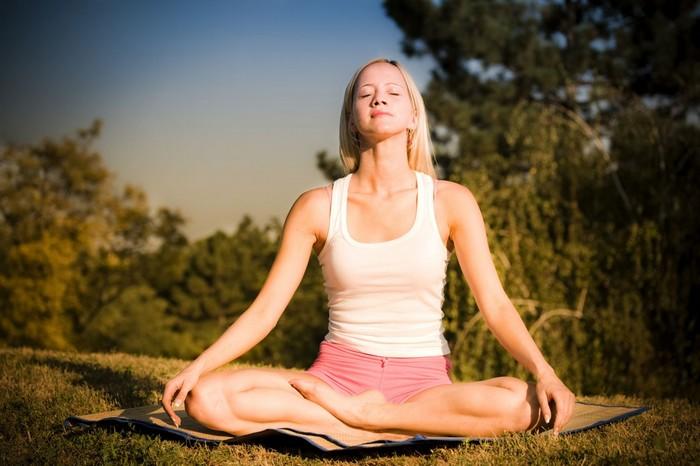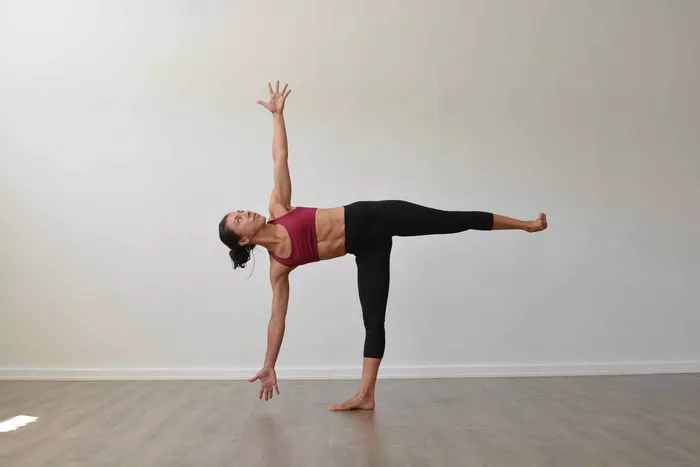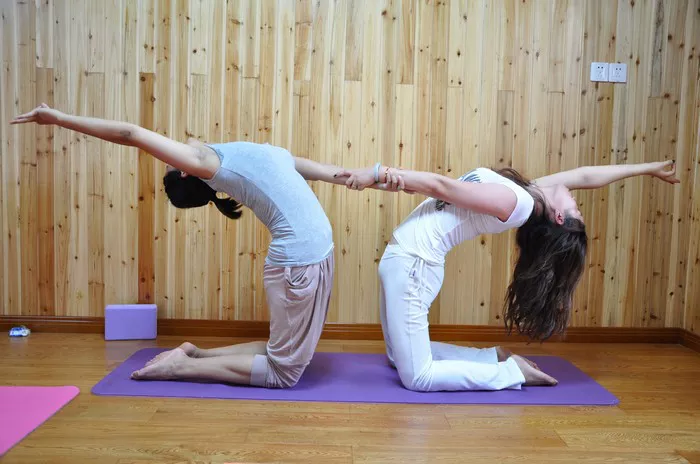Yoga is a practice that can benefit people of all ages. The beauty of yoga lies in its adaptability. Children can start practicing yoga as early as three years old. At this age, they learn through play. Simple poses, breathing exercises, and games introduce them to yoga’s benefits. Yoga can enhance their flexibility, strength, and concentration. It also promotes emotional balance and mindfulness. Parents should consider enrolling their children in classes designed for young learners. These classes focus on fun and creativity, helping children develop a positive relationship with yoga.
As children grow, yoga can evolve with them. For adolescents, around the age of 12, yoga becomes more structured. Teenagers face unique challenges. They deal with academic pressures, social dynamics, and physical changes. Yoga offers a safe space to explore their emotions. It helps improve focus and stress management. Classes for teens often include discussions on self-esteem and body image. This makes yoga not just a physical practice but also an emotional and mental one. Thus, starting yoga in early childhood can lay a solid foundation for lifelong benefits.
Benefits of Yoga for Different Age Groups
Yoga provides a multitude of benefits, tailored to each age group. For younger children, the benefits are largely physical. Yoga encourages body awareness, coordination, and balance. It helps in developing gross motor skills. Children often enjoy yoga stories, making the practice engaging. The playful aspect helps them connect with their bodies and minds.
In contrast, adults and seniors experience different benefits from yoga. For adults, yoga can relieve stress, enhance physical fitness, and improve overall well-being. It fosters a sense of community. Many adults find yoga as a way to connect with others and themselves. For seniors, gentle yoga helps maintain flexibility and strength. It can reduce the risk of falls and improve mobility. Many seniors appreciate the calming effects of yoga. It promotes relaxation and mindfulness, contributing to better mental health. Thus, the benefits of yoga are vast and cater to every stage of life.
Safety Considerations for Children in Yoga
While yoga is generally safe for children, it is important to consider a few factors. The child’s physical development plays a role in what poses they can safely perform. For younger children, emphasis should be on fun rather than perfection. Instructors should ensure that poses are age-appropriate. Avoiding advanced postures protects them from injury. Parents should choose classes with trained instructors. This ensures that the environment is supportive and safe.
Supervision is vital for younger children. Parents can join in on the practice, making it a family activity. This fosters a positive atmosphere for yoga. For older children and teens, understanding their bodies becomes crucial. They should learn how to listen to their bodies and respect their limits. Discussing any medical concerns with instructors is essential. This helps tailor the practice to individual needs. With the right guidance, children can safely enjoy the many benefits of yoga.
Yoga for Adults: Timing and Commitment
Adults can start yoga at any age, with no upper limit. Many people discover yoga in their 30s, 40s, or even later. It’s never too late to begin. Starting in adulthood offers numerous benefits. Many adults find yoga helps them manage stress and anxiety. It can be a welcome break from the hustle and bustle of daily life. Beginners may feel overwhelmed, but classes are designed to accommodate all levels.
Commitment to regular practice is key for adults. Many classes cater to busy schedules. Practicing even once or twice a week can yield significant results. Joining a local studio or finding online classes can help. The sense of community found in group classes is also beneficial. It fosters motivation and support among practitioners. Thus, regardless of age, adults can find a suitable time to start yoga.
The Importance of Finding the Right Style
Different styles of yoga suit different age groups and needs. For young children, playful and interactive styles are ideal. These classes often use storytelling and games. This keeps children engaged and excited about yoga. As they grow, they can explore various styles like Hatha, Vinyasa, or Yin. Each style offers unique benefits and caters to different preferences.
For adults, the choice of style can depend on personal goals. Those seeking relaxation may prefer Yin or Restorative yoga. In contrast, those looking for a workout might choose Vinyasa or Ashtanga. Seniors often benefit from gentle styles that emphasize safety and comfort. Classes designed for seniors focus on balance, flexibility, and gentle movements. This variety allows practitioners of all ages to find a style that resonates with them.
Incorporating Mindfulness in Yoga Practice
Yoga is not just about physical poses. It also involves mindfulness and mental focus. Starting mindfulness practices early can be beneficial for children. Simple breathing exercises can help children manage their emotions. Teaching them to focus on their breath encourages calmness. This can be especially useful in stressful situations.
For adults, mindfulness is equally important. Many practitioners find that yoga serves as a moving meditation. This practice helps clear the mind and increase self-awareness. Engaging in mindfulness during yoga enhances the overall experience. It encourages individuals to be present and connected with their bodies. This connection fosters a deeper understanding of oneself and can lead to personal growth. As such, integrating mindfulness into yoga can enhance its benefits across all age groups.
Adapting Yoga for Special Needs
Yoga is inclusive and can be adapted for individuals with special needs. Children with developmental challenges can also benefit from yoga. Tailored classes focus on their unique requirements. Practicing yoga can improve coordination, focus, and emotional regulation. Instructors trained in adaptive yoga methods can create a supportive environment.
Adults with physical limitations or health conditions can also practice yoga. Modifications and props can help make poses accessible. This inclusivity is a significant aspect of yoga. It ensures that everyone can enjoy the benefits of this practice. Regardless of age or ability, yoga promotes wellness and fosters a sense of community. Therefore, age should never be a barrier to starting yoga.
See Also: Yoga and Blood Pressure: Benefits and Practices
Creating a Home Practice for All Ages
Starting a home yoga practice can be beneficial for people of all ages. For children, short sessions that incorporate games and storytelling can keep them engaged. Parents can join in, creating a fun family activity. This shared experience fosters a love for yoga from an early age.
Adults can also benefit from establishing a home practice. Online resources, videos, and apps provide guidance. Practicing at home allows flexibility. Individuals can choose when and how long to practice. This can be particularly advantageous for those with busy schedules. For seniors, practicing at home can be a comfortable option. It allows them to move at their own pace. Creating a serene environment enhances the experience. Thus, a home practice is a valuable addition for practitioners of all ages.
Community and Connection Through Yoga
Community plays a vital role in yoga. For children, participating in group classes helps build social skills. They learn to interact with peers and develop friendships. This sense of belonging is crucial during formative years.
For adults, community support can be a powerful motivator. Many practitioners find that attending classes regularly builds a sense of connection. Sharing experiences with others fosters encouragement and growth. Seniors, too, benefit from community. Group classes provide social interaction and combat feelings of isolation. Engaging with others in yoga creates a supportive network. This connection enhances the overall yoga experience for practitioners of all ages.
Conclusion
In conclusion, yoga can be started at any age. Its benefits are universal, impacting physical, mental, and emotional health. Children can begin as early as three, while adults can start at any point in their lives. Each age group can find joy and growth through yoga. With the right guidance, resources, and community support, yoga can become a lifelong practice.
Starting yoga is about personal exploration. Each individual will find their unique path in this journey. The key is to embrace the practice and remain open to its benefits. Regardless of age, the transformative power of yoga can be experienced by anyone willing to engage in the practice. So, when it comes to yoga, remember: it’s never too early or too late to start.
You Might Be Interested In



















